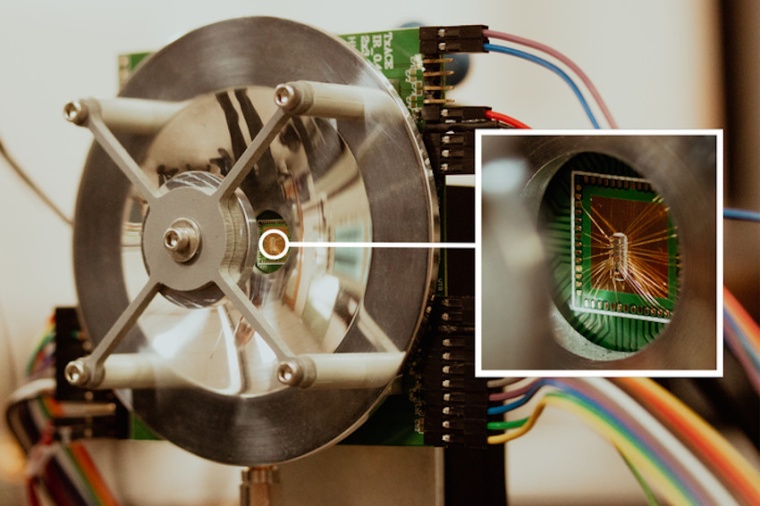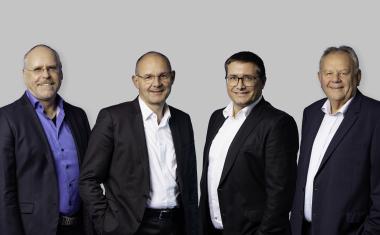Terahertz imager looks through fog and dust
New device could help autonomous vehicle systems to navigate through hazardous conditions that reduce visibility.
Researchers from the University of Texas at Dallas and Oklahoma State University have developed an innovative terahertz imager microchip that can enable devices to detect and create images through obstacles that include fog, smoke, dust and snow. The team is working on a device for industrial applications that require imaging up to 20 meters away. The technology could also be adapted for use in cars to help drivers or autonomous vehicle systems navigate through hazardous conditions that reduce visibility. On an automotive display, for example, the technology could show pixelated outlines and shapes of objects, such as another vehicle or pedestrians.

“The technology allows you to see in vision-impaired environments. In industrial settings, for example, devices using the microchips could help with packaging inspections for manufacturing process control, monitoring moisture content or seeing through steam. If you are a firefighter, it could help you see through smoke and fire,” said Kenneth K. O, professor of electrical and computer engineering. Yukun Zhu, a doctoral candidate in electrical engineering, announced the imaging technology recently at the virtual International Solid-State Circuits Conference, sponsored by the Institute of Electrical and Electronics Engineers and its Solid-State Circuits Society.
The microchip emits radiation beams in the terahertz range (430 GHz) of the electromagnetic spectrum from pixels no larger than a grain of sand. The beams travel through fog, dust and other obstacles that optical light cannot penetrate and bounce off objects and back to the microchip, where the pixels pick up the signal to create images. Without the use of external lenses, the terahertz imager includes the microchip and a reflector that increases the imaging distance and quality and reduces power consumption.
The researchers designed the imager using complementary metal-oxide semiconductor (CMOS) technology. This type of integrated circuit technology is used to manufacture the bulk of consumer electronics devices, which makes the imager affordable. O’s group was one of the first to show that CMOS technology was viable, and since then they have worked to develop a variety of new applications. “Another breakthrough result enabled through innovations that overcame fundamental active-gain limits of CMOS is that this imaging technology consumes more than 100 times less power than the phased arrays currently being investigated for the same imaging applications. This and the use of CMOS make consumer applications of this technology possible,” said O.
“UT Dallas and Oklahoma State continue to discover technological innovations that will help shape the future,” said Swaminathan Sankaran, design director and Distinguished Member Technical Staff at Texas Instrument Kilby Labs. “What Dr. O and his research team were able to accomplish was truly remarkable with this terahertz monostatic reflection-mode imager work. Their research paves a path for improved raw angular resolution and low-power, cost system integration, and we are excited to see what applications and use cases this terahertz imaging technology will lead to.” (Source: UT Dallas)
Link: Texas Analog Center of Excellence, University of Texas at Dallas, Richardson, USA











